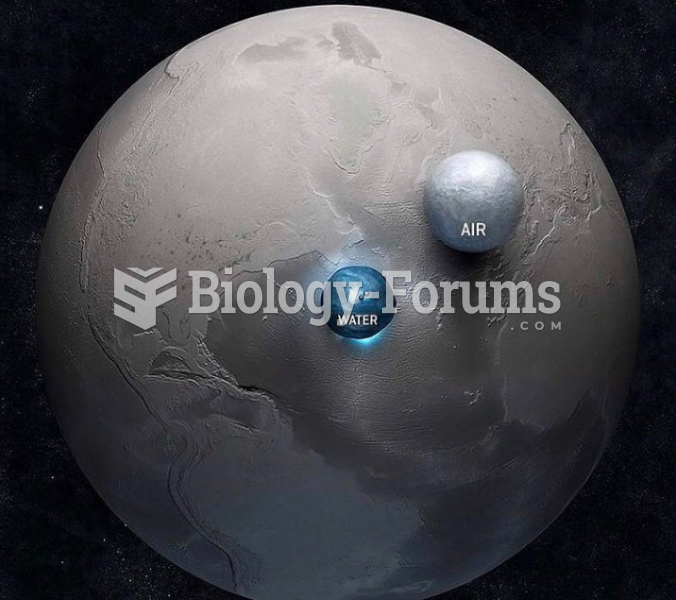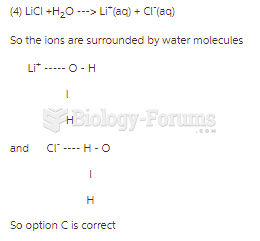Answer to Question 1Much of the seas dissolved material originated from the ability of rain, groundwater, or
crashing surf to dissolve crustal rock, crustal rock is not the only source of the oceans
solutes. If crustal rock is the only source, then the salts in the ocean should be like those of
concentrated river water. But they are not. River water is usually a dilute solution of
bicarbonate and calcium ions, while the principal ions in seawater are chloride and sodium.
The magnesium content of seawater would also be higher if seawater were simply
concentrated river water. The proportions of salts in isolated salty inland lakes, such as
Utahs Great Salt Lake or the Dead Sea, are much different from the proportions of salts in
the ocean. So weathering and erosion of crustal rocks cannot be the only source of sea salts.
The components of ocean water whose proportions are not accounted for by the weathering
of surface rocks are called excess volatiles. To find the source of these excess volatiles, we
must look to Earths deeper layers. The upper mantle appears to contain more of the
substances found in seawater (including the water itself) than are found in surface rocks, and
their proportions are about the same as found in the ocean. Some of the oceans solutes are
hybrids of the two processes of weathering and outgassing. Table salt, or sodium chloride, is
an example. The sodium ions come from the weathering of crustal rocks, while the chloride
ions come from the mantle by way of volcanic vents and outgassing from mid-ocean rifts. As
for the lower-than-expected quantity of magnesium and sulfate ions in the ocean, research at
a spreading center east of the Galpagos Islands suggests that the chemical composition of
seawater percolating through mid-ocean rifts is altered by contact with fresh crust. The water
that circulates through new ocean floor at these sites is apparently stripped of magnesium and
a few other elements. The magnesium seems to be incorporated into mineral deposits, but
calcium is added as hot water dissolves adjacent rocks.
Answer to Question 2Water's colligative properties are those four properties, which vary with the quantity of
solutes dissolved in the water. Because colligative properties are the properties of solutions,
the more concentrated (saline) water is, the more important these properties become.
(Because it is not a solution, pure water has no colligative properties.)
(1) The heat capacity of water decreases with increasing salinity; that is, less heat is
necessary to raise the temperature of seawater by 1 than is required to raise the temperature
of freshwater by the same amount.
(2) Dissolved salts disrupt the webwork of hydrogen bonding in water. As salinity increases,
the freezing point of water becomes lower; the salts act as a sort of antifreeze. Sea ice
therefore forms at a lower temperature than ice in freshwater lakes.
(3) Because dissolved salts tend to attract water molecules, seawater evaporates more slowly
than freshwater. Swimmers usually notice that freshwater evaporates quickly and completely
from their skin, but seawater lingers.
(4) Osmotic pressure, the pressure exerted on a biological membrane when the salinity of the
environment is different from that within the cells, rises with increasing salinity. This is a key
factor in transmitting water into and out of cells.







